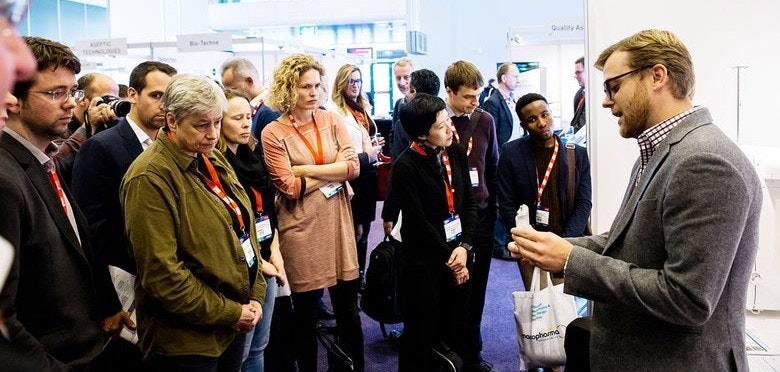The Royal Sonesta Minneapolis Downtown,
Minneapolis, Minnesota
MEDTECH SUMMIT US: 1 TICKET. 4 EVENTS.
EVERY ANGLE OF GLOBAL MEDICAL DEVICE REGULATION AND BIOCOMPATIBILITY
Save Time, Effort, and Money while Achieving & Maintaining Compliance, Gaining the Latest Insights on International Guidelines and Standards with EU Commission, FDA, Notified Body, Working Groups, and Medical Device Manufacturers.
For over 10 years, The MedTech Series has provided the industry with the latest updates in regulations, thought provoking discussions and the highest calendar speaker line-up to ensure you achieve and maintain compliance.
2023 On-Demand
Sessions will be available on-demand* via ConnectMe up until December 11th, 2023. After this time they will be moved to Streamly. In order to access the sessions on-demand, please log into the ConnectMe platform and navigate to the on-demand tab. Under the sessions there will be a play button, which you can click on to re-watch the sessions.
*Please note, we can only upload sessions on-demand where we have been given permission to do so by the speaker.
Explore the Latest Regulatory Updates for a Strategic Approach to Regulatory Compliance
Regulatory Project Management
- Early stage development of regulatory strategies
- Establishing a project team
- Establishing and monitoring standards for the entire device lifecycle
- Incorporating clinical evaluations and risk management
- Understanding metrics used for project management and NB performance
- Adapting procedures as the lifecycle develops
Biological Evaluation, Execution & Authorship
- End to end process of biological evaluation plans
- Foundations of biological evaluations
- Test design for BEP
- Determining endpoint tests and critical factors
- Interpreting test results for analysis
- Transitioning data into BER
- Incorporating toxicology
- Lifecycle management of biological evaluation
Global Medical Device Regulation & Implementation
- Identify necessary documentation to expedite access to the US market
- Incorporate best practices for EU MDR compliance with help from industry representatives
- Expand your global reach in the Swiss and UK markets through our multi-stakeholder panel
- Compile technical documentation successfully with help from SGS North America
- Determine clear clinical and post-market surveillance strategies
Biocompatiblity for Medical Devices
- Hear from TÜV SÜD on the latest updates to 10993-1
- Implement best practices to adhering to 10993-17 with help from Abbott, Boston Scientific and Medtronic
- Delve into 10993-18 revisions alongside SGS, Stryker, and Abbott
- Conquer biological evaluation reports
- Justify biocompatibility data under EU MDR
- Address necessities of good laboratory practice
KEY MEDICAL DEVICE STAKEHOLDERS TAKE THE STAGE
MEDTECH SUMMIT US AT A GLANCE
150+
Regulatory Affairs, Quality, Software, Clinical, Post Market Surveillance, Vigilance, Medical Safety Professionals, and Biocompatibility
35+
Expert speakers representing industry, FDA and Notified Bodies
55+
Medical Device, IVD, SaMD, Combination Product and Legal Companies Represented

To ensure that you walk away from this conference with all the tools you need to succeed, MedTech Summit US 2019 offers Continuing Professional Education (CPE) Credits to attendees.
Following the conclusion of the conference, all attendees will be eligible to earn up to a total of 11 credits for the 2 days of attendance*.
*Continuing Professional Credits (CPE) will be provided in accordance with the National Association of State Boards of Accountancy (NASBA). State boards of accountancy have final authority on the acceptance of individual courses for CPE credit. All credits will be provided following the conclusion of the conference.

Connect With Key Buyers at MedTech Summit US 2023 in Minneapolis
Whether you're increasing your company profile, launching a new product or focusing on new business development opportunities, collaborate with us to identify custom solutions to help you reach your goals.
Contact Hanieh Ahmadian: HAhmadian@informaconnectls.com







